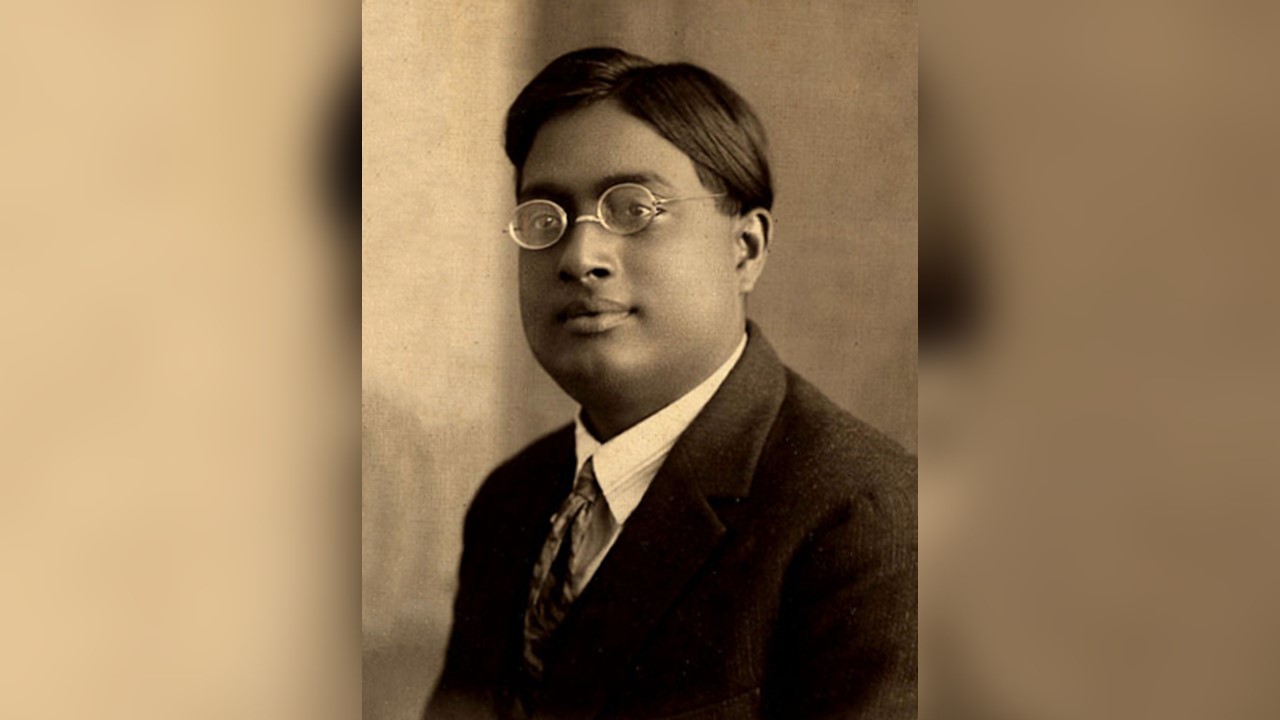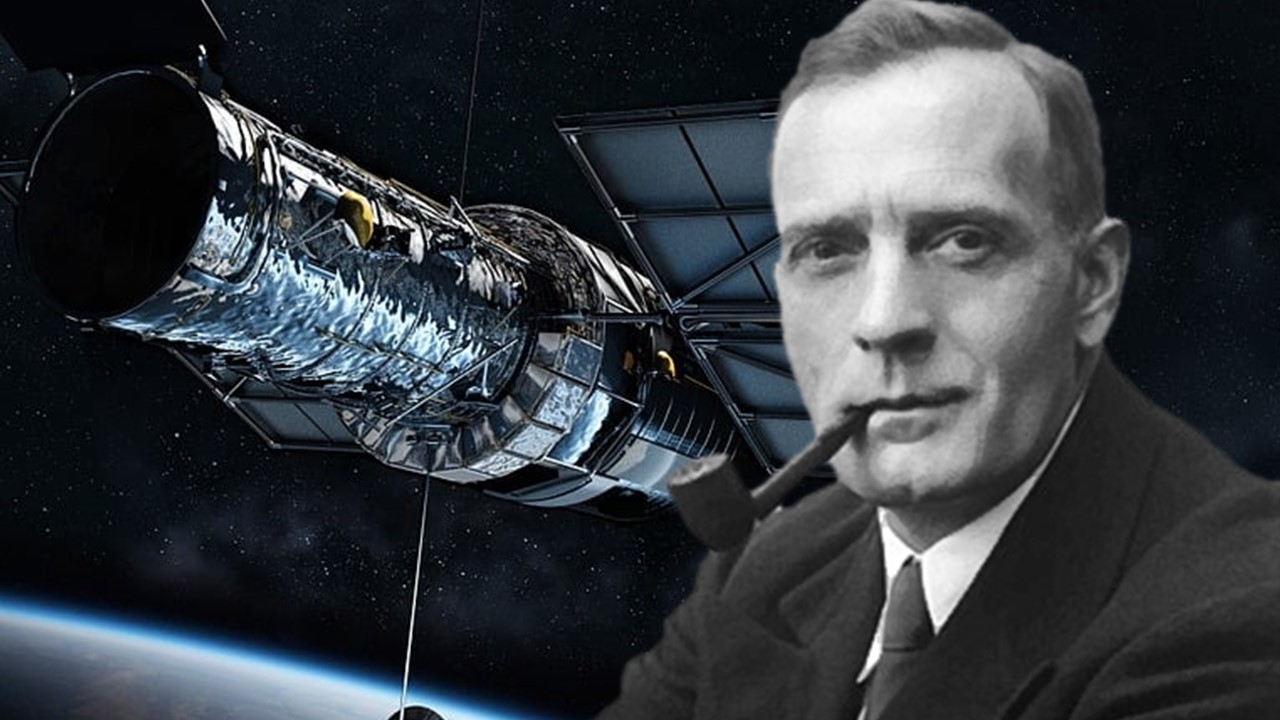
The Purpose Behind Feynman Diagrams:
 |
| example of Feynman diagram |

 |
| example of Feynman diagram |





 |
| src: Wikimedia commons |
 |
| src: Bibliothèque nationale de France |
 |
| src: Brandon dinunno, wikimedia commons |






Dirac made a breakthrough, a new method of doing physics. He had the courage to simply guess at the form of an equation, and to try to interpret it afterwards.
No matter how beautiful an equation is, no matter who made the equation or how genius he was, if it disagrees with experiment, it is wrong!


October 17, 1946D’Arline,I adore you, sweetheart.I know how much you like to hear that — but I don’t only write it because you like it — I write it because it makes me warm all over inside to write it to you.It is such a terribly long time since I last wrote to you — almost two years but I know you’ll excuse me because you understand how I am, stubborn and realistic; and I thought there was no sense to writing.But now I know my darling wife that it is right to do what I have delayed in doing, and that I have done so much in the past. I want to tell you I love you. I want to love you. I always will love you.I find it hard to understand in my mind what it means to love you after you are dead — but I still want to comfort and take care of you — and I want you to love me and care for me. I want to have problems to discuss with you — I want to do little projects with you. I never thought until just now that we can do that. What should we do. We started to learn to make clothes together — or learn Chinese — or getting a movie projector. Can’t I do something now? No. I am alone without you and you were the “idea-woman” and general instigator of all our wild adventures.
When you were sick you worried because you could not give me something that you wanted to and thought I needed. You needn’t have worried. Just as I told you then there was no real need because I loved you in so many ways so much. And now it is clearly even more true — you can give me nothing now yet I love you so that you stand in my way of loving anyone else — but I want you to stand there. You, dead, are so much better than anyone else alive.I know you will assure me that I am foolish and that you want me to have full happiness and don’t want to be in my way. I’ll bet you are surprised that I don’t even have a girlfriend (except you, sweetheart) after two years. But you can’t help it, darling, nor can I — I don’t understand it, for I have met many girls and very nice ones and I don’t want to remain alone — but in two or three meetings they all seem ashes. You only are left to me. You are real.My darling wife, I do adore you.I love my wife. My wife is dead.Rich.PS Please excuse my not mailing this — but I don’t know your new address.


Satyendra Nath Bose was an Indian physicist who is best known for his contributions to statistical mechanics. Together with Albert Einstein, Bose is famous for the theory of Bosons and Bose Einstein condensate.
Following are 10 unbelievable facts about S.N. Bose which you may not know:
1. Bose was well versed in several languages including English, Bengali, Hindi, French, German and Sanskrit. He is remembered by his colleagues as a polyglot.
2. Since Bose had not done a doctorate, Einstein’s recommendation helped him become a professor. He served as a professor in Dhaka and then in Calcutta until 1956.
3. Seven Nobel Prizes have been awarded for research related to the concepts of the Bosons and the Bose-Einstein Condensate but Bose himself never won the most coveted prize.

4. Bose was good friends with several famous physicists including Indian physicist Meghnad Saha, English physicist Paul Dirac and Swiss mathematician Marcel Grossmann.
5. It was said that when Niels Bohr got stuck with a problem during his lecture in Calcutta, S.N. Bose instantly resolved it.
6. In 1919, Bose and Saha translated Einstein's book on the theory of relativity which was in German and published it in English. It was the first English translation of Einstein's groundbreaking work of 1915.
7. Paul Dirac coined the term Boson in the honor of S.N. Bose.
8. Bose wrote a letter to Einstein about a collaboration. Einstein immediately recognized Bose's genius and extended Bose's idea to the atoms that led to the existence of Bose Einstein condensate - the fifth state of matter.
9. Satyendra Nath Bose was devastated by the division of Bengal on the basis of religion in 1905. He was also depressed by the division of India and Pakistan and felt it to be a wound in the heart of his beloved nation.
10. Bose was also gifted when it came to music. He played an Indian stringed instrument called Esraj which sounded like a violin.




 Physics, astronomy and science history blog for students
Physics, astronomy and science history blog for students